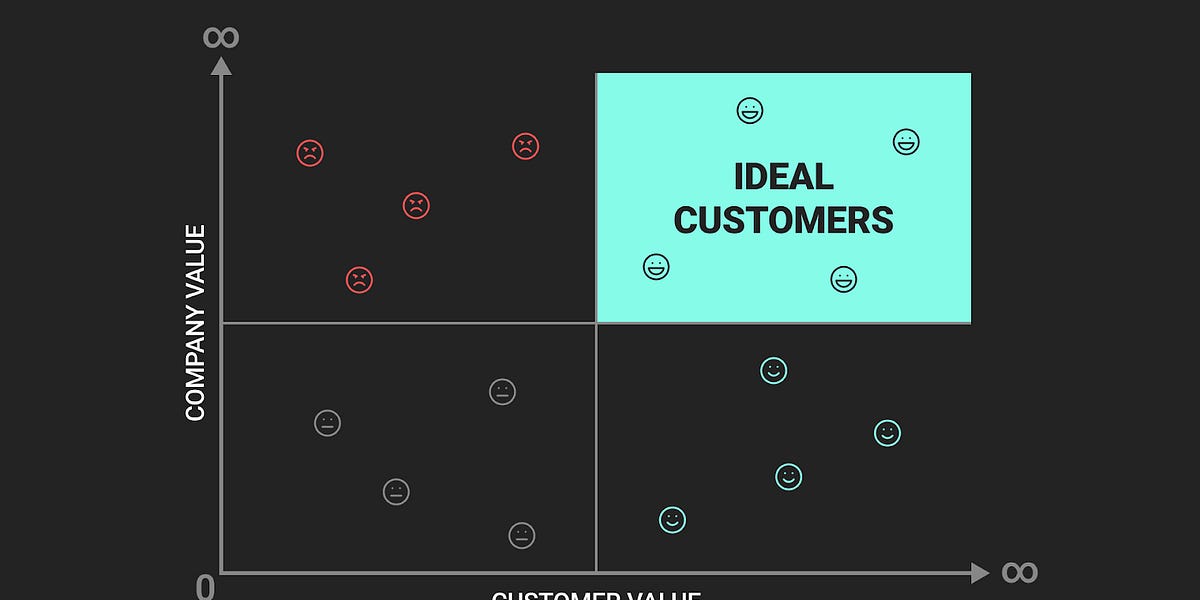- Marketing in the Age of Machines
- Posts
- Why constantly refining your sales process leads to greater success
Why constantly refining your sales process leads to greater success
A weekly email with the best of marketing, AI, and business.

You are receiving this email because you subscribed to Castleberry’s newsletter. https://www.castleberrymedia.com/
Welcome to Marketing in the Age of Machines. Each week, we bring you the following:
👉 An innovative marketing strategy that has worked for others.
👉 The 3 most relevant contents in marketing, AI, and business that will help you understand the ever-changing landscape.
👉 3 tools for the Marketer of the Future.
👉 The quote of the week. A simple take on everyday marketing concepts.
Problem:
Many businesses struggle to achieve consistent sales growth because they rely on a static sales process and fail to adapt to changing market conditions. Even with a well-structured sales process, if the product or service positioning is unclear or the offer is mediocre, sales efforts will likely fall flat. This leads to wasted time, resources, and missed opportunities, as potential customers remain unconvinced.
Solution:
The key to overcoming this challenge is twofold: constantly refining the sales process and ensuring the product and positioning are spot-on. Regularly analyze and tweak the sales process to identify what works and what doesn’t, making small, incremental improvements. Simultaneously, focus on nailing your product and positioning so that it practically sells itself. When done right, this approach ensures that potential customers are already interested and engaged before any sales conversation even begins.
Lesson:
The lesson here is that continuous improvement and alignment between product and positioning are crucial for successful sales. A flawless sales process can’t compensate for a subpar product, and even the best product will struggle without effective positioning. By regularly refining both, businesses can achieve significant gains, making their offers more compelling and ensuring their sales efforts are highly effective.
Are you regularly refining your sales process and ensuring your product positioning is on point?
I went from $0 to $650,000/month in 24 months using this system.
No cold calls. No salesy gimmicks. Just inbound leads.
Here's the blueprint I used (that you can steal today):
— MATT GRAY (@matt_gray_)
12:35 PM • Aug 22, 2024
1/. How to find your first ICP Guide
Understanding the Ideal Customer Profile (ICP) is crucial for B2B SaaS companies to optimize their marketing efforts, reduce churn, and increase customer value. An ICP defines the characteristics of the customers who benefit most from your product and are most likely to stick around and advocate for your brand. This post explains the importance of accurately defining your ICP, how to identify it using quantitative, qualitative, and market analyses, and the hidden costs of failing to do so. If you want to align your product and marketing strategies with the right audience, this post is a must-read.
Insights for B2B Marketing Directors
Defining an ICP ensures that your marketing strategies and product development are aligned with the customers who bring the most value. This focus can reduce wasted marketing spend and increase conversion rates.
Use a combination of quantitative and qualitative analyses to identify your ICP. This approach provides a comprehensive understanding of who your ideal customers are and how to effectively engage them.
Read the full post here:
Thinking about hiring a content agency?
Take our 12-question quiz to gain insights into whether your brand is prepared to benefit from a content marketing strategy.
2/. Instagram is making views the primary metric for content
Instagram is shifting its focus to "views" as the primary metric for evaluating content performance across all formats, including Reels, Stories, and photos. This change aims to simplify how creators assess the success of their posts by providing a consistent metric. Instagram's chief, Adam Mosseri, highlights that while views are important, creators should also monitor the "sends per reach" metric for a more comprehensive understanding of content effectiveness. This update will roll out in the coming weeks, aligning with similar changes on other Meta platforms like Threads.
Read the full post here:
3/. Why Positioning Fails to Make the Jump from Marketing to Sales
Effective B2B positioning can easily stumble if there is not a smooth transition from marketing to sales. This article describes the four main challenges companies face in activating their positioning in sales teams: the misconception that every pitch must be fully customized, lack of buy-in from the sales team, the disconnect between marketing and sales needs, and overly complex pitches to different personas. Addressing these issues is crucial to ensure that the sales team effectively communicates the value proposition and achieves successful results.
Read the full post here:
👉 Tools in the Age of Machines:
Openmart: A tool that helps users discover local businesses and leverage AI to generate leads for them
Spreadsite: A web-based tool that allows users to create interactive dashboards from their spreadsheet data without the need for coding
Imagen 3 text-to-image diffusion model with an unprecedented degree of photorealism and a deep level of language understanding.
In B2B marketing, content that educates and engages is the key to building lasting business relationships

/cdn.vox-cdn.com/uploads/chorus_asset/file/23932741/acastro_STK070__03.jpg)


